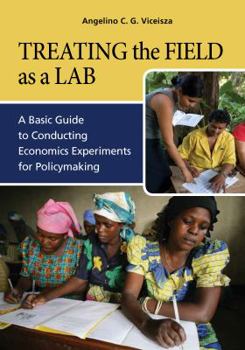Treating the Field as a Lab: A Basic Guide to Conducting Economics Experiments for Policymaking
Select Format
Select Condition 
Based on Your Recent Browsing
Book Overview
No Synopsis Available.
Format:Paperback
Language:English
ISBN:0896297969
ISBN13:9780896297968
Release Date:September 2012
Publisher:International Food Policy Research Insitute
Length:93 Pages
Customer Reviews
5 customer ratings | 5 reviews
There are currently no reviews. Be the first to review this work.





















